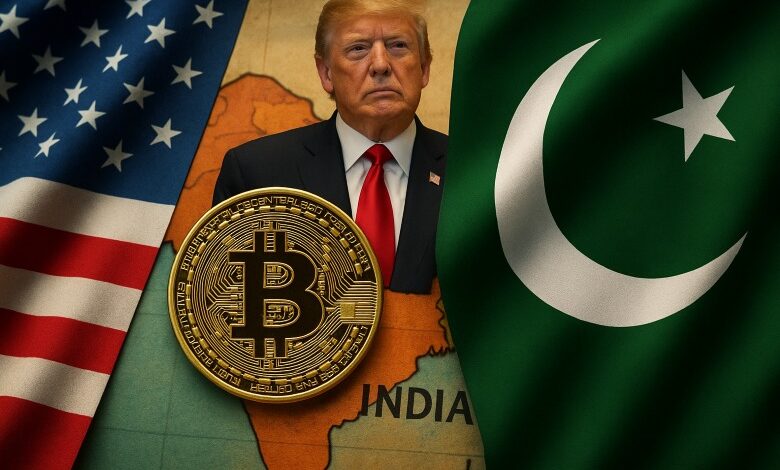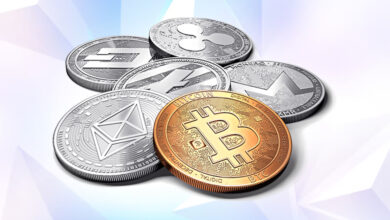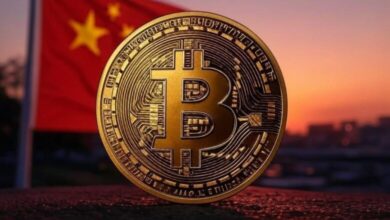Pakistan’s Crypto Pivot Is Strategic Statecraft — and the U.S.–India Equation Is Shifting
A Pivot with Purpose — Digital Assets as Statecraft

When President Donald Trump praised Pakistan over India, it wasn’t just political theater—it signaled a deeper strategic realignment. Islamabad is weaving crypto and digital asset policy into the fabric of energy, trade, governance, and foreign relations. The result: a surge in U.S. goodwill, global attention, and a shift in South Asian power dynamics.
Building Foundations — Long Before the Headlines
Pakistan’s blockchain and digital asset journey didn’t start in 2025—it was seeded earlier:
- March 2023: Avanza Group announced the country’s first blockchain-based national eKYC platform, enhancing compliance and identity infrastructure.
- December 2023: Invoicemate completed a private credit pilot on the XDC Network, exemplifying blockchain’s role in SME finance and trade digitization.
These milestones laid essential groundwork for the state-level ambitions that followed.
From Frameworks to National Strategy
In the past eight months, Pakistan moved from pilots to policies:
- Virtual Assets Ordinance 2025: Laid the legal foundation for the Pakistan Virtual Assets Regulatory Authority (PVARA), with licensing and supervisory powers over crypto service providers.
- CBDC Pilot: The State Bank of Pakistan launched a digital currency trial slated to complete within the fiscal year.
- Pakistan Crypto Council (PCC): Formed in March 2025, chaired by the Finance Minister with Bilal Bin Saqib as CEO; Binance founder CZ serves as strategic adviser.
- Energy-to-Compute Strategy: Redirecting 2,000 MW of surplus electricity to Bitcoin mining and AI data centers, backed by a sovereign Strategic Bitcoin Reserve. This raises the prospect of regional miners shifting capacity into Pakistan, especially from the Gulf. With UAE-based Phoenix Group positioning itself as a global player in mining and compute infrastructure, the question now is whether Pakistan’s tariff incentives and surplus energy will draw such operators eastward.
- Pakistan Digital Authority (PDA): Created to coordinate national digital transformation, streamline identity, and foster a state-backed digital economy.
- WLFI–PCC Letter of Intent (April 2025): Trump-linked DeFi platform World Liberty Financial (WLFI) signed a Letter of Intent with the Pakistan Crypto Council (PCC) to foster blockchain and DeFi rollouts, stablecoin settlement frameworks (e.g., tokenization, asset-backed rails), and regulatory sandbox frameworks. It followed a high-profile Abu Dhabi meeting between WLFI’s founders and Binance founder CZ, underscoring Pakistan’s expanding global crypto alliances..
These steps represent more than regulation—they are institutional infrastructure to support economic and geopolitical strategy.
Washington’s Calculated Opening
The U.S. has responded with a more favorable stance toward Islamabad than Delhi:
- Tariff Relief for Pakistan: A new trade deal lowered tariffs on textiles, IT, and agriculture, while opening cooperation in oil reserves and digital assets.
- Tariffs on India: In contrast, Washington imposed 25% tariffs on Indian goods starting August 7, set to rise to 50% by late August as punishment for its discounted oil purchases from Russia. Pakistan’s tariff rate is roughly 19%—far lower than India’s bracket— placing it among Asia’s more favored exporters.
This reflects Washington’s policy of rewarding alignment and penalizing autonomy.
India’s Hesitation
India remains South Asia’s economic powerhouse, but its crypto stance has been marked by high taxation, strict regulation, and hesitation to embrace digital assets beyond speculation. While Delhi promotes homegrown innovations like UPI and ONDC, it has yet to frame crypto as strategic infrastructure.
The contrast is clear: Pakistan is aligning crypto with U.S. priorities and forging new alliances, while India is still “debating the gender of angels.”
India’s Resistance—and Rising Costs
India’s pursuit of strategic autonomy is drawing consequences:
- New U.S. tariffs on Indian exports are projected to shave 0.3–0.6% off GDP.
- Its continued tilt toward Russia and multipolar economic models is straining ties with the U.S. and unsettling Quad partners.
By contrast, Pakistan’s regulatory speed and geopolitical alignment make it an easier and more attractive partner.
What Pakistan Stands to Gain
- Capital Magnetism: A clear regulatory regime and global advisers position Pakistan as a hub for exchanges, custody, and tokenization innovation.
- Energy Monetization: Turning surplus power into Bitcoin mining and AI compute converts energy liabilities into income-generating assets.
- Remittances & Trade Innovation: CBDC trials and licensing frameworks enable stablecoin-based settlement, reducing costs for millions.
- Diplomatic Leverage: Crypto policy now serves as a tool of diplomacy, strengthening Pakistan’s negotiating power with Washington.
Crypto as Geopolitics
This pivot isn’t only financial—it’s geopolitical. By rewarding Pakistan’s alignment, Trump is simultaneously pressuring India for its independent streak, particularly its discounted oil deals with Russia and attempts at non-dollar settlements.
Crypto has become both symbolic and functional in this balancing act. Pakistan’s willingness to integrate digital assets into its national strategy has bought it space and favor. India’s hesitation, by contrast, has left it exposed to tariffs and pressure.
The question is whether Pakistan’s digital asset strategy will endure as sustainable infrastructure—or whether it is, for now, an opportunistic product of geopolitical rivalry. Either way, crypto has shifted from industry to statecraft in South Asia, and the balance of power is adjusting accordingly.





